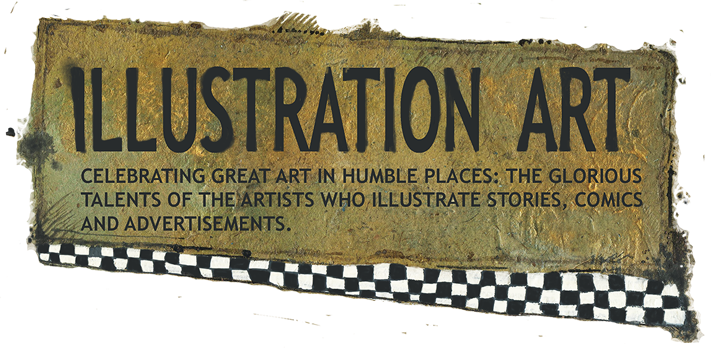Michelangelo wrote:
Drawing constitutes the fountainhead and substance of painting and sculpture and architecture... and is the root of all sciences. Let him who has attained the possession of this be assured that he possesses a great treasure.
Is this still true?
Lately, drawing seems beleaguered by new technologies that changed our artistic priorities, shortened our attention span, devalued our skills, and drowned us in billions of images all barking for our attention. To view these images we now depend on search terms for the efficient extraction and curation of information; the days of Mussorgsky's leisurely stroll contemplating Pictures at an Exhibition are over.
Even worse, artificial intelligence suggests that the future role of the artist may be to create prompts that will be embodied digitally.
Nevertheless, keep in mind that art has been adapting to technology for a long time. 100 years ago, when animation changed the job description of an artist, it's inspiring to see how human creativity responded.
For thousands of years, artists had been staging drawings to lead the eye around a stationary image. Now they were working with the 4th dimension, time. The artists at Disney needed to apply traditional qualities, such as balance, proportion and composition to the movement of a camera instead.
I love the following combination of drawing and engineering that mapped the movement of Pluto in Mickey's Kangaroo (1935). It's a good example of Michelangelo's point that drawing is the root of all sciences."
 |
| "Drawing is thinking." -- Fred Ludekens |
In the following example from Snow White, Disney artists move the camera from the evil queen walking away to a close up of the lock on the dungeon door behind her.
 |
This is not the way a conventional pencil drawing would be staged for a magazine illustration,
but it's just as creative, and well suited for its new purpose. |
In the following dramatic drawing, we see three different versions of the queen running down the staircase at three different stages, as the artist imagines the camera swirling around.
Disney's artists were terrific at drawing dungeons just as N.C. Wyeth or Howard Pyle might have, but those painters would have staged the picture to lead the eye from one priority to the next. The animators had to adapt their prison creatively to the challenges of the new technology.
Note how the queen's hand casts a shadow against the wall as she descends the vertiginous staircase in the following example. These animators really understood traditional drawing but applied it to a new purpose.
There's no doubt that the role of creativity will need to continue to adapt to changing tefhnologies, but looking over our shoulder at how art has proven so resilient in the past, I can't help but feel a certain confidence and pride about our prospects.




































.tif)


.tif)

.tif)
.tif)
.tif)

.tif)